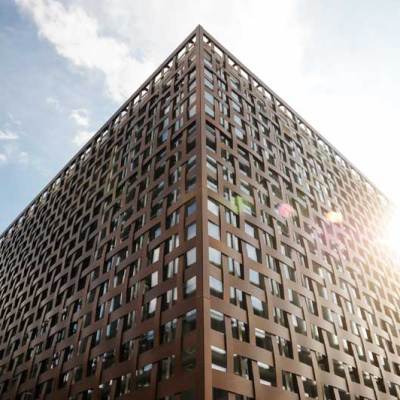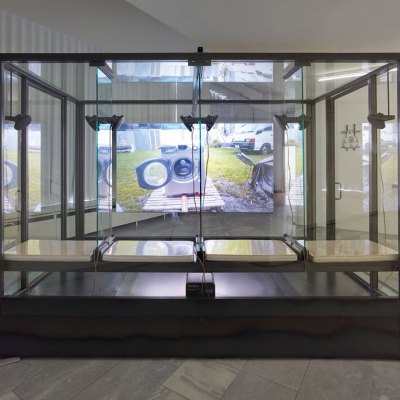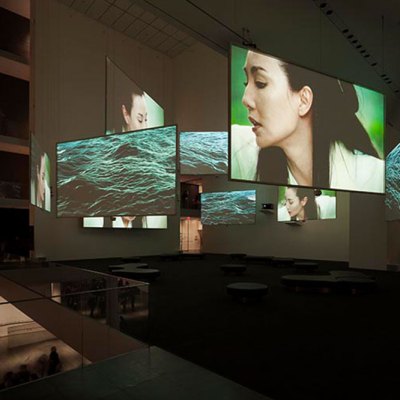From the July/August 2025 issue of Apollo. Preview and subscribe here.
It all began with Goethe. In the summer of 1949, some 2,000 people from 11 countries and almost every state in the United States descended on Aspen in the Colorado Rockies to celebrate the bicentenary of the birth of the German polymath in a three-week event organised by the then-nascent Aspen Institute. Fittingly, given the mountain setting, things snowballed: artists, designers, musicians, tech innovators and all manner of lateral thinkers began flocking to the city in search of inspiration, a sense of community and the space to be able to think expansively about big ideas and how to implement them. It became the kind of place where leading thinkers from different disciplines might strike up a lifelong friendship, or a relationship – as happened, for instance, between Steve Jobs and Maya Lin, artist and designer of the Vietnam Veterans Memorial in Washington, D.C., when they met at the International Design Conference in Aspen in 1983. The city remains attractive to those who value art and design. A number of collectors, including Jamie Tisch and Jorge and Darlene Pérez, have bought homes in Aspen; Nancy Magoon’s house there includes portraits by Warhol of Magoon herself.
Even before Nicola Lees, previously a curator at the Serpentine Gallery and 80WSE in Washington Square, took over at Aspen Art Museum in 2020, she had a project in mind that would honour the area’s heritage as a home for cross-disciplinary thinking. ‘Having mainly worked in cities like London and New York, I was very interested in what could happen in a remote location,’ she tells me over Zoom. ‘The intellectual history of Aspen – the mind-body-spirit atmosphere – is unique. It’s remote enough that you really have to come for a minimum of four days to even adjust to the altitude.’
As a non-collecting institution, Aspen Art Museum – which is free to enter; Lees refers to it as ‘the Serpentine in the mountains’ – has to think hard about how to deploy its resources. For the last five years, Lees and her team have been planning AIR, a decade-long initiative with a $20m price tag that aims to position artists as leaders of society. AIR launches at the end of July with a three-day retreat and a three-day festival bringing together artists, architects, scientists, writers and philosophers. The retreat is taking place first, with 30 of the thinkers assembling to discuss the role artists might play in the technology of the near future. ‘We’re all going to need new personhood credentials in the next three to five years – a new identity document to prove who we are when we’re communicating online or on other digital platforms,’ Lees says. ‘An artist has never been in the room when an identity document has been conceived. The retreat is for brilliant minds who can come together to talk about that question. With the speed at which technology is moving, the festival is more like an investment in the subconscious.’
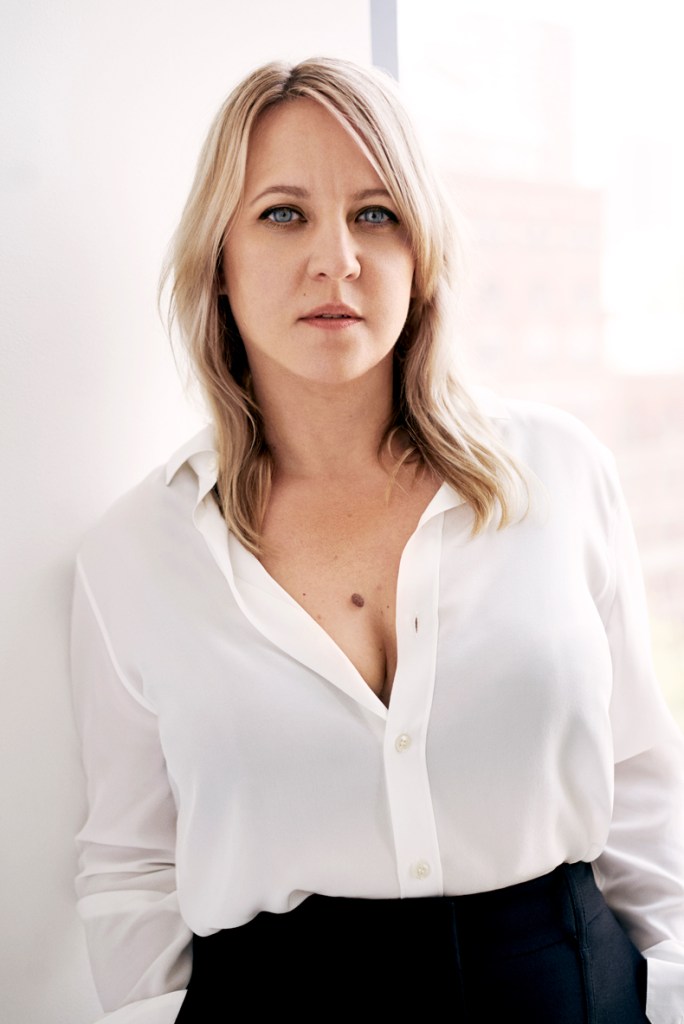
Lees believes that the subconscious plays a crucial role in how we process and retain information. The New York-based psychoanalyst Jamieson Webster, one of the speakers at AIR, maintains – as Lees describes it – that ‘nothing we look at on our phones actually enters our subconscious’; AIR’s aim, as stated on its website, is to create ‘the conditions for a different kind of attention – one that allows the subconscious to surface’.
Perhaps this is what has attracted artists as diverse as Lin, the film director Apichatpong Weerasethakul – whose dreamlike movies have consistently explored the unconscious and the nature of sensory experience – and Glenn Ligon, whose primarily text-based works are designed to provoke all kinds of conscious and subconscious associations in the viewer’s mind. There’s no shortage of eminent artists packed into the programme: Matthew Barney is presenting a new live performance that centres on violence and American mythology; Paul Chan is in conversation with his own self-portrait, made over the last seven years using AI; and the Pritzker Prize-winning architect Francis Kéré is delivering a keynote speech.
AIR also aims to invest in artists over the long term. ‘It’s not an easy time for artists to take on leadership roles,’ Lees says. ‘I think artists do that regularly but don’t always have the support infrastructure, which is what we’re trying to set up.’ She cites Pablo Helguera, the artist who ran adult and academic programmes at MoMA from 2007–20, as an example of an artist-leader, but doesn’t want to get too hung up on past masters and is looking to the future instead. ‘We don’t necessarily have the answers,’ she says. ‘We’re just trying to create support structures that can fill the gaps as they arise.’
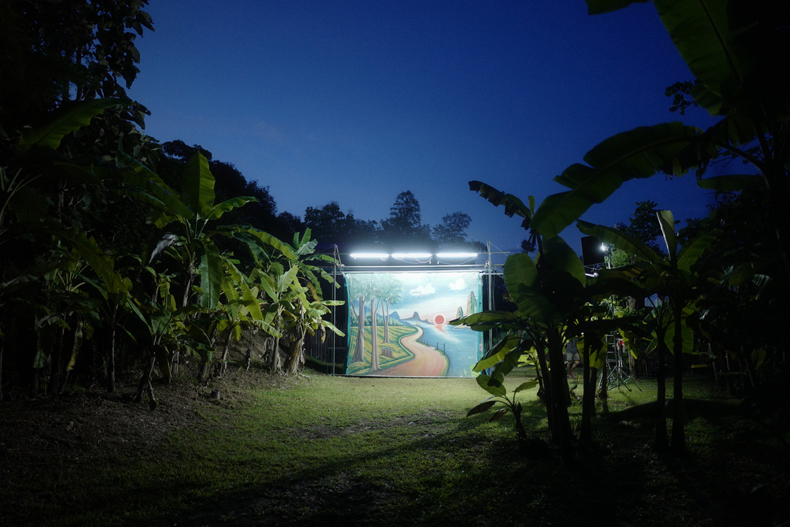
Aspen Art Museum has form here. In 2021, Precious Okoyomon created a garden on the roof of the museum, a 15-month project that evolved on a seasonal basis; the museum’s support allowed Okoyomon to develop the work into something they went on to show at the Venice Biennale. ‘It’s often through working on something that we’re able to work out how to pull and restructure those resources,’ Lees explains.
Given AIR’s considerable financial cost, it’s refreshing that in some ways, the initiative is open-ended: it’s as yet unclear what shape the results will take in 10 years’ time, the project’s stated timeline. ‘Outcomes are hard,’ Lees says. ‘How do you know something is successful? The first show I did in New York, we had 11 reviews and it was amazing. The next show got only two. That doesn’t mean one was more successful than the other.’
She continues: ‘We want to invest in time. It’s not an easy thing to invest in, because the outcomes are unknown. But the thing I’m most proud of is that we have demonstrated great outcomes over the last five years. People have seen the shows and the programmes, and that has helped us raise money for something [whose outcomes are] unknown.’ Given the calibre of the artists who have signed up to AIR, Aspen Art Museum’s mission – to change the parameters of what a museum might be – seems to be resonating; and though much of AIR’s appeal is rooted in its Aspen setting, its legacy may yet ripple through the wider world.
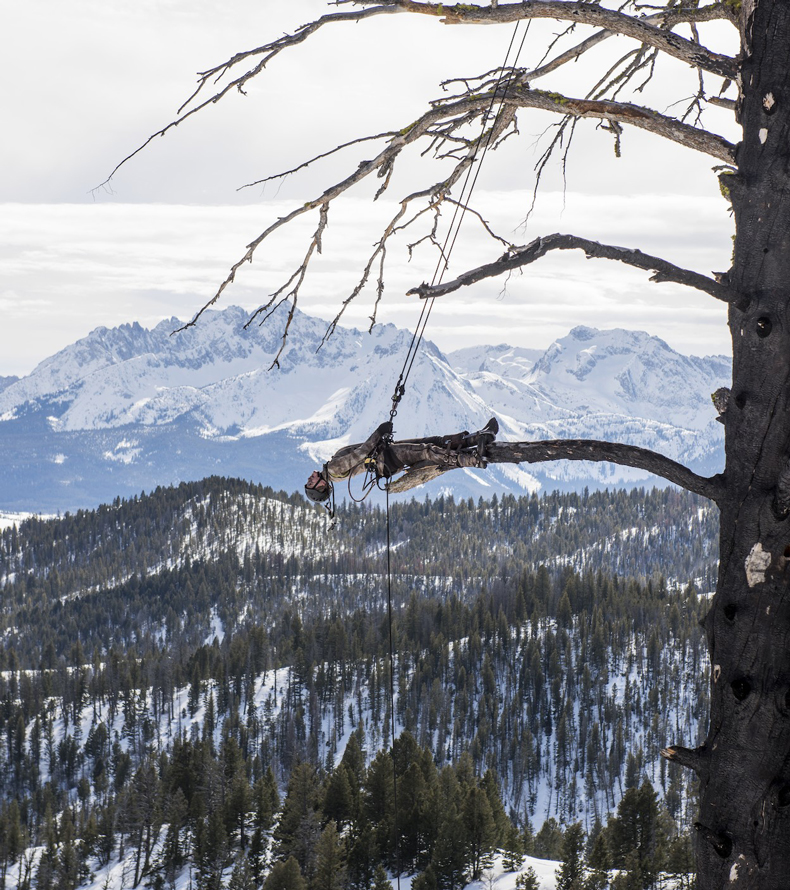
‘AIR 2025: Life As No One Knows It’ runs from 29 July to 1 August.
From the July/August 2025 issue of Apollo. Preview and subscribe here.

